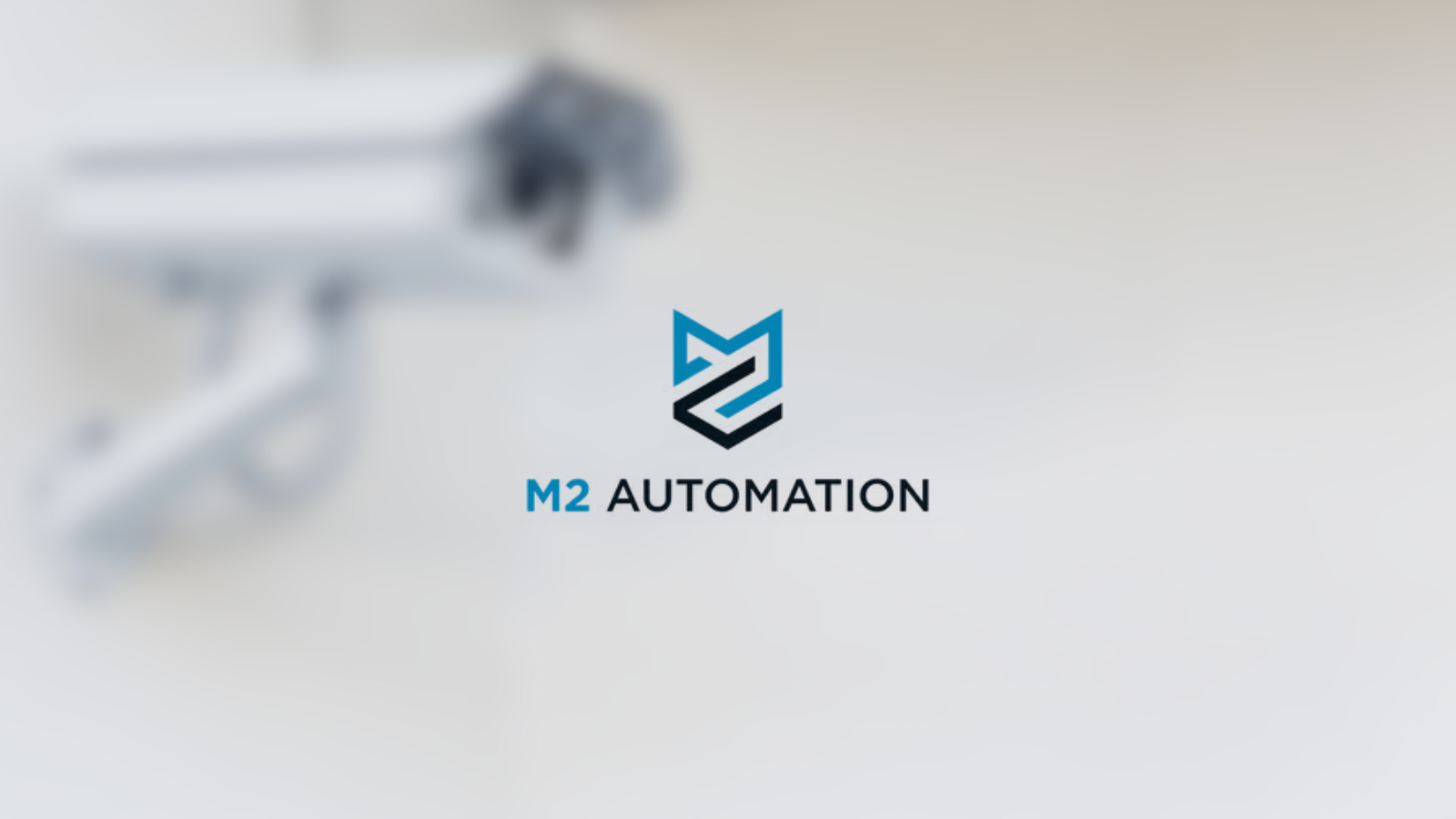
There’s always something putting pressure on security budgets. Lately, it’s...

Physical security is undergoing a major shift. While headlines spotlight...

Alaina Meyer President at scDataCom In our latest Security Spotlight...

Physical security is changing at the speed of light. Every...

Teri Dorman, CPP Sr. Regional Safety and Security Manager With...

Sholomi Farrell, CISM Sr. Security Operations & Technology Leader In...

James Byrd, CPP, CEFP Director of Deacon One at Wake...

Mergers and acquisitions (M&A) are set to accelerate in 2025,...

The security industry is tough and relentless. Succeeding in this...
